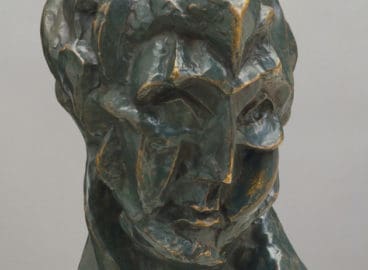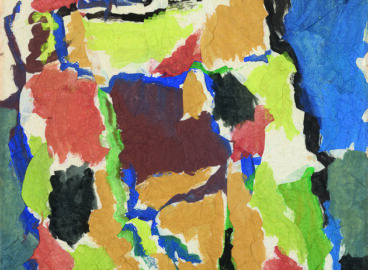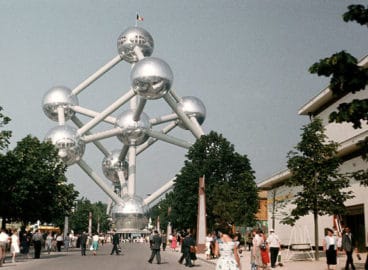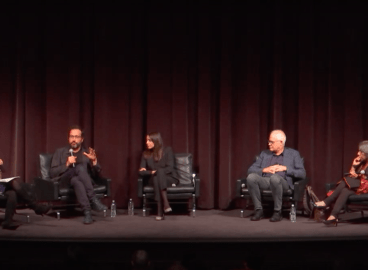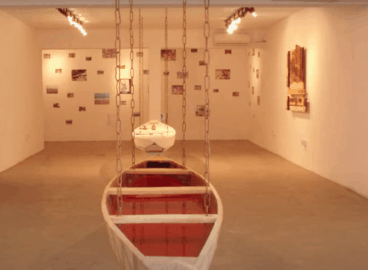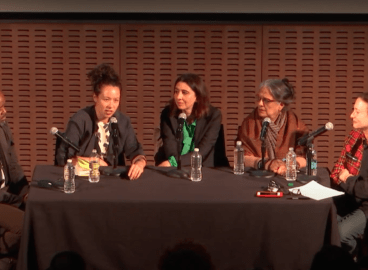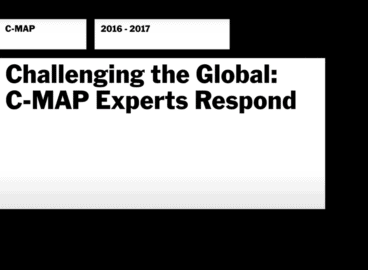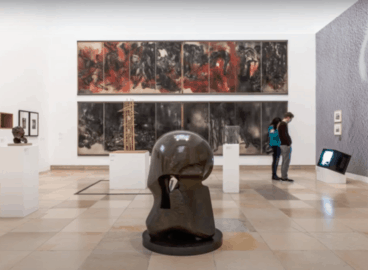Rubem Valentim and Ibrahim El-Salahi: Strategies of Hybridization and Abstraction in the Global South
The essay analyzes the resonances between the Brazilian artist Rubem Valentim and the Sudanese artist Ibrahim El-Salahi by focusing on two paintings belonging to MoMA’s collection. Deploying hybridized semiotics and different strands of painterly abstraction, the artists critically express their stance towards race, nationhood, and universal human values.


